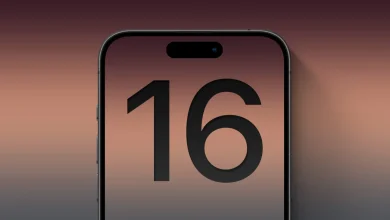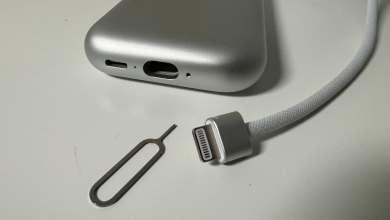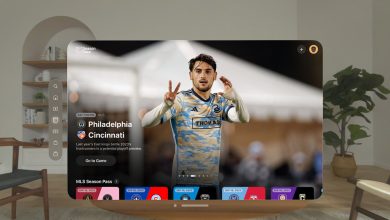Samsung Might be the Answer for Apple’s Next VR Headset & Laptops
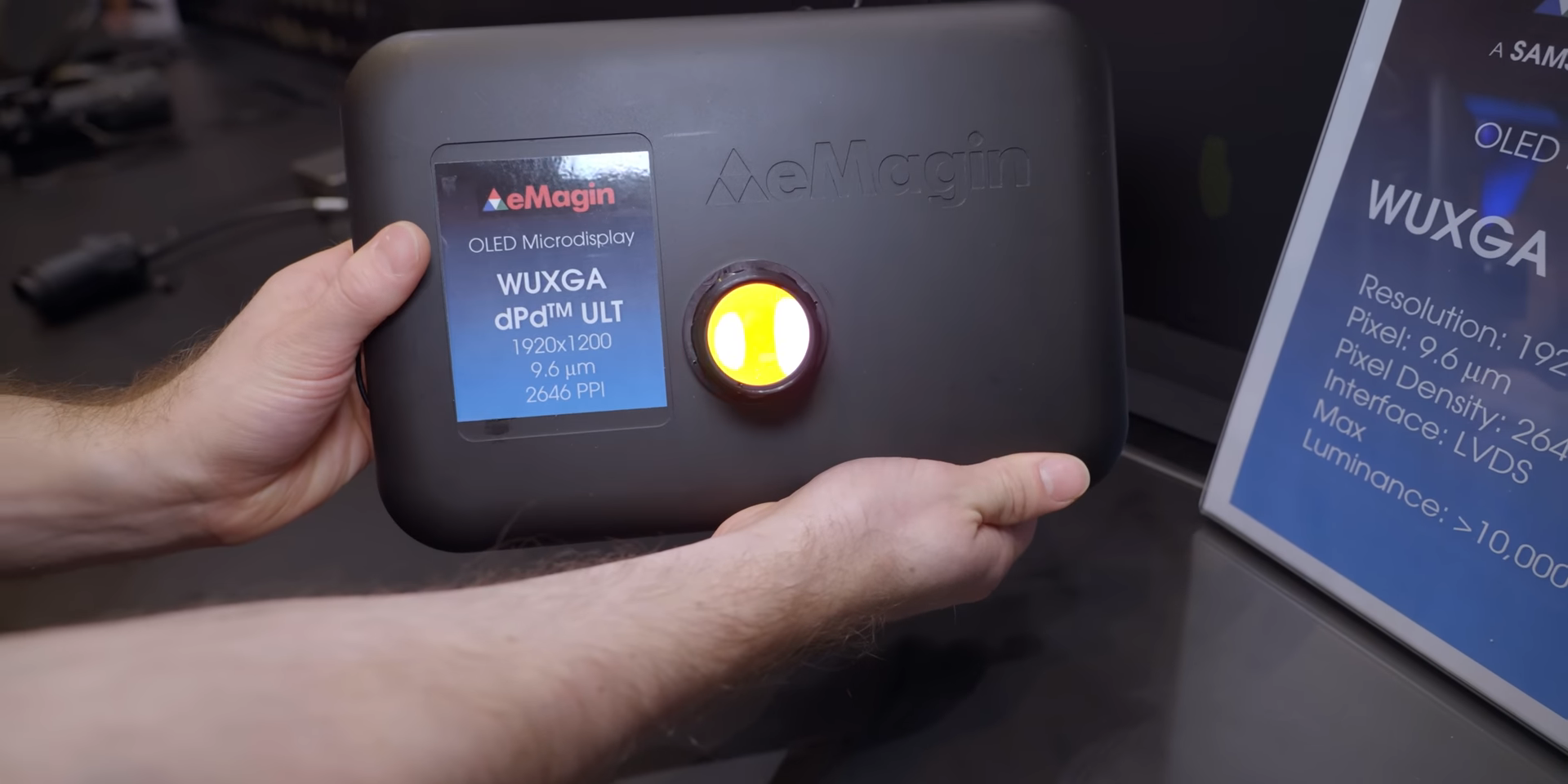
Samsung is a leading display manufacturing firm in the globe. With ongoing new improvements, the company leads the display race alongside numerous competitors, including LG. Showcasing on their stall in CES 2024, Samsung has created a unique high-tech display known as the “eMagin WUXGA dPd ULT,” which is based on OLED technology and is one of the brightest displays ever seen.
One of the many advantages of this new technology is its ability to achieve a peak brightness of around 10000 nits. The displays are geared for AR/VR devices, and their extreme brightness makes them ideal for this use. Apple might want to integrate this in future versions of the anticipated Apple Vision Pro AR Headset.

Benefits of High Brightness
In real-world use, such high brightness from an AR headset appears to be a constant spray of light piercing your eyes, and its application appears to be meaningless. However, in AR/VR headsets, this brightness is useful. With thicker lenses for larger FOV, the ultimate brightness viewed by the user lowers significantly, which this display technology compensates for by giving a highly visual experience.
Furthermore, increased pixel density is the primary advantage of the upcoming display technology. The LCD panels can reach over 2600PPI (Pixels Per Inch), resulting in a high-resolution display in such a compact size. In addition to its high pixel density, the display has excellent motion clarity, which is essential for engaging VR experiences. All of these features were thoroughly thought out by Samsung and appear to be extremely innovative in this area of technology.
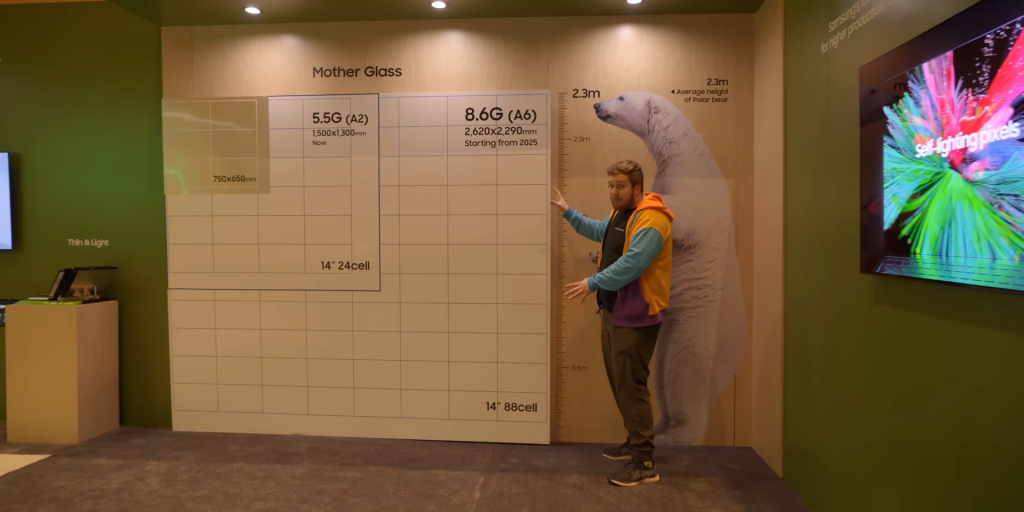
The eMagin WUXGA dPd ULT has a completely distinct production process. Instead of the classic Motherglass methodology, this uses an innovative Silicon Deposition technology for displays, which is very similar to how computer chips are manufactured. This technology creates the display by developing little parts of the display one by one, eventually creating a big display made up of thousands of pixels.
This technology not only consumes one-fifth the power of typical displays, but it also costs significantly less, making it an ideal alternative for large-scale corporations like Apple to use and develop higher-quality products at lower prices.
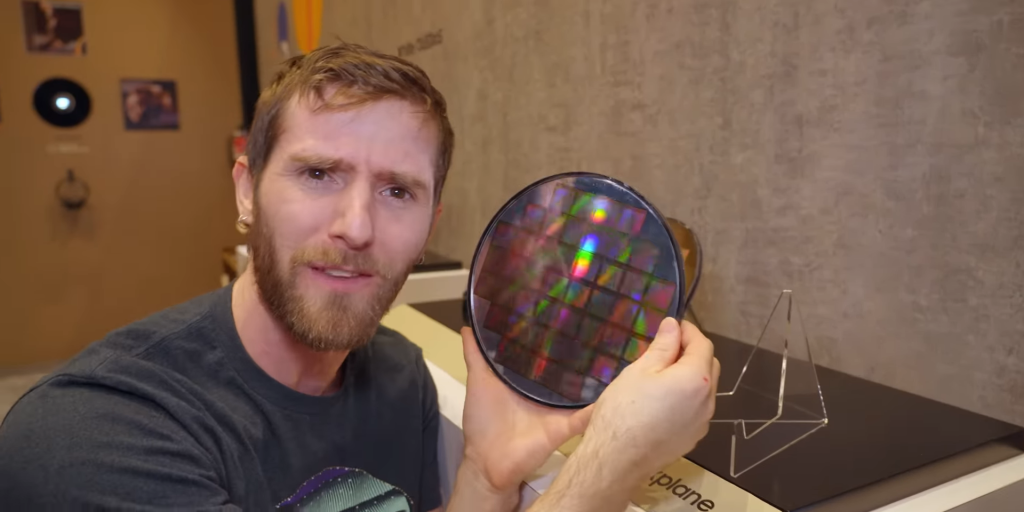
Laptop Display Technologies
Along with AR screens, Samsung demonstrated several fascinating laptop displays using their new technologies. Focusing on battery efficiency and display quality, Samsung unveiled some fascinating screens that could be highly beneficial for Apple’s Macbooks.
Samsung created a method that gives increased colour saturation, enabling brighter and better colours while using less brightness than typical LCD screens. While it is less bright, it appears brighter to the naked eye, thus saving more than 10% of energy in total.
Samsung’s “Intelligent Color Technology” is a new technology that targets colours on a display and improves power efficiency by up to 35%. This technology enables displays to subtly vignette the image from the edges while reducing power consumption by 35%. This is a significant number of power efficiency figures and will undoubtedly be noticed by many corporations, including Apple.
These new technologies from Samsung clearly indicate to a huge customer, such as Apple, that frequently picks OEM manufacturers such as Samsung, BOE, and LG since they are less expensive and easier to obtain large orders. With these new developments, Apple will undoubtedly aim to incorporate them into future technologies, particularly VR/AR headsets.
Source: ShortCircuit, eMagin

